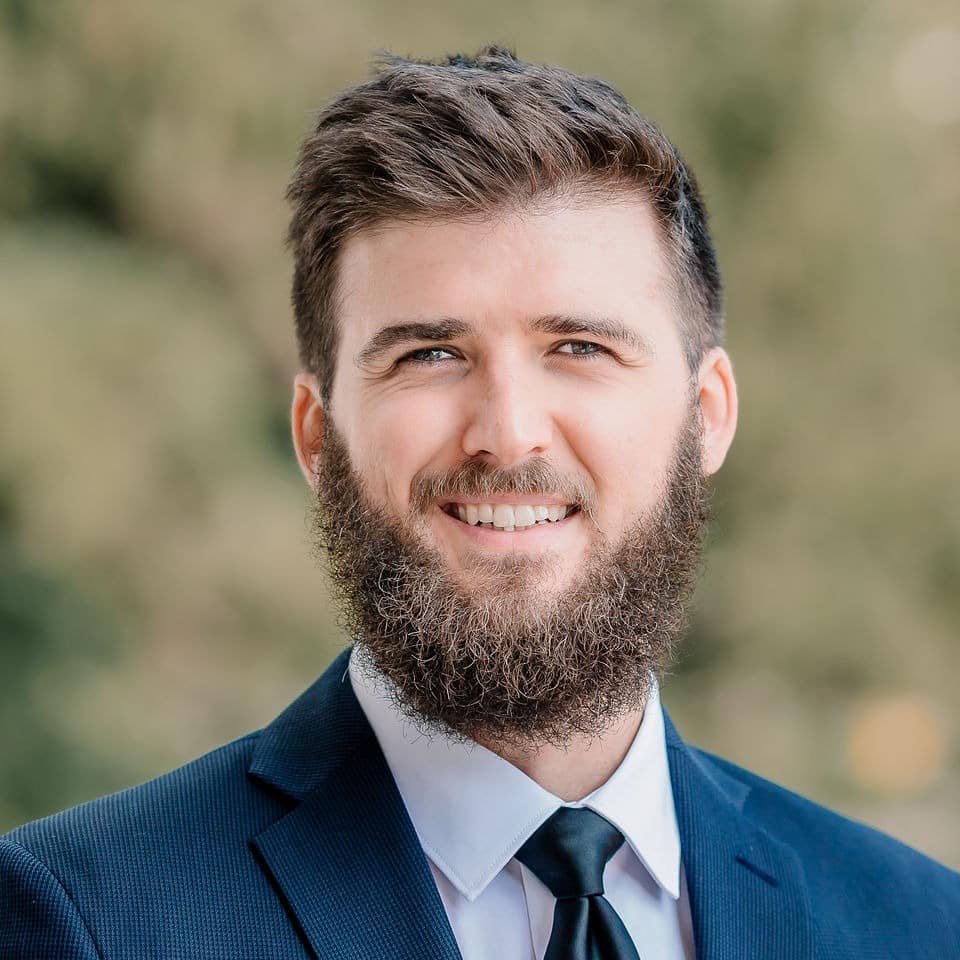Lower School
Classes One-Five
What We Teach
Students in Class Two begin a seven-year journey reading the entire English Standard Version Bible.
Finishing a narrative reading of the Bible begun in Class One, students in Class Two begin a seven-year journey reading the entire ESV Bible. Each year, children read books of the Old and New Testament as well as Psalms or Proverbs. Children read and narrate Scripture, discussing what God has revealed about himself and humanity.
Class Three students learn the foundational skills of spelling and writing mechanics.
By Class Three students have learned the foundational skills of spelling, writing mechanics, and handwriting. They begin to write narrations and study Latin. Formal composition starts in Class Four when students learn to write a paragraph using knowledge gained from across the disciplines.
Lower school students learn the “why” of math, going beyond memorizing technical algorithms.
Lower school students learn the “why” of math, not just the algorithms. Number sense and mathematical concepts are taught using concrete manipulates and then pictorial examples before being discussed in abstract terms. Daily mental math grows students’ ability to manipulate numbers quickly.
Students form an environmentally-conscious relationship with their natural surroundings.
Students form a relationship with their surroundings, honing their attention to detail. They recognize evidence of God’s character in his creation and begin to understand that the created order embodies his design and purpose. Formal science begins in Class Three with the study of dinosaurs and mammalogy.
Lower school students participate in music and art studies inspired by a variety of resources.
Each year students continue to study the works of two poets, artists, and composers. They learn the historical influences of the time period and gain vocabulary to better appreciate the meaning of their works. Students become imitators of the masters as they take formal music and art classes and participate in choir.
Students are taught healthy fitness goals in the pursuit of caring for their bodies well.
Students learn to care for their bodies in physical education, knowing that their bodies, as well as their hearts and mind, are designed for a purpose.
Students study a four-year cycle of world history, learning from various relevant texts.
Students study a four-year cycle of world history, starting with ancient Mesopotamia in Class One and ending with modern events in Class Four. The cycle begins again in Class Five. Students read history from narrative texts which include primary sources, fables, and works of literature. The facts of history are embedded in ideas that nurture the heart and mind.
Class One students begin reading, studying, and narrating complete works of literature.
Having learned to recognize phonograms in Explorers, Class One students begin reading and narrating complete works of literature. In-class texts are filled with ideas that inspire rich vocabulary. In all classes teachers assist students in reading fluently, that is with speed, accuracy, and understanding.
From our Journal
5 Cozy Reading Nook Ideas for Children

Faculty Interviews
Erik Bertsche
“‘The Best I Can’ is a reminder to pursue whatever task is at hand with excellence. There is a freedom in coming to terms with the reality that ‘doing the best you can’ does not mean ‘be perfect’.”
